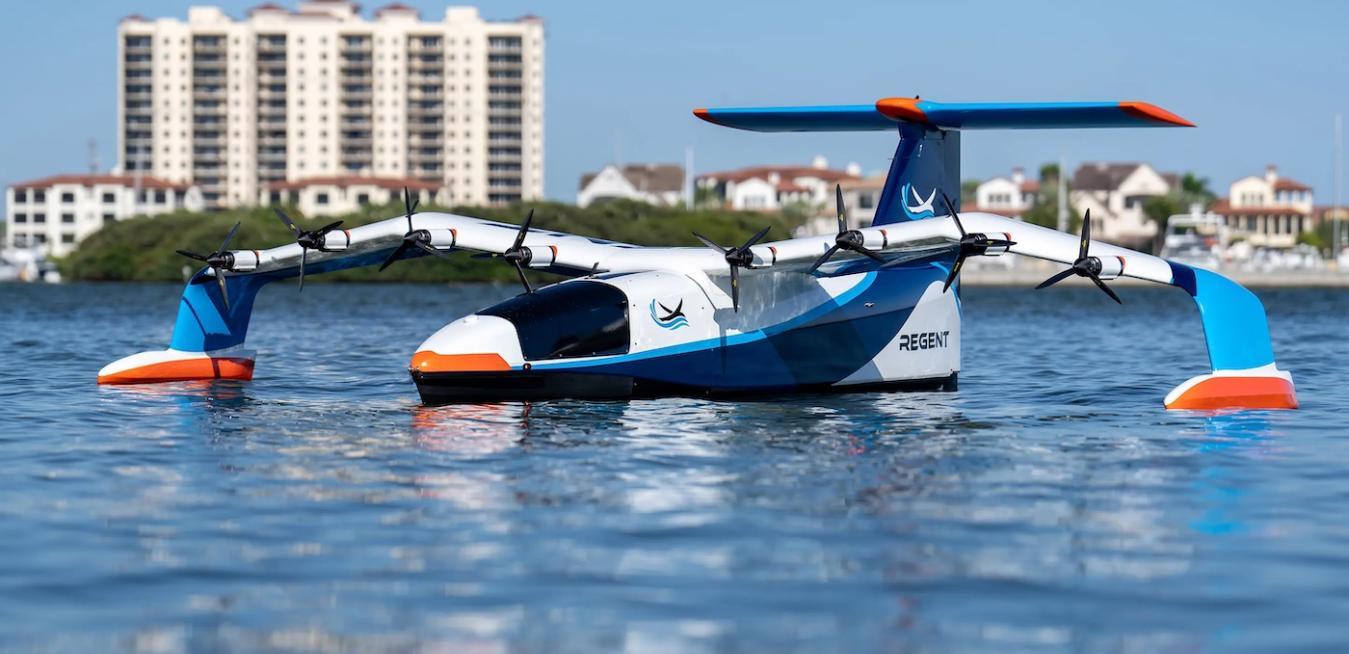With the rapid development of modern science and technology, a lot of innovations and creativity are not only able to help people approach the future world but also draw them closer to the past. Let's find out 5 such studies and inventions.
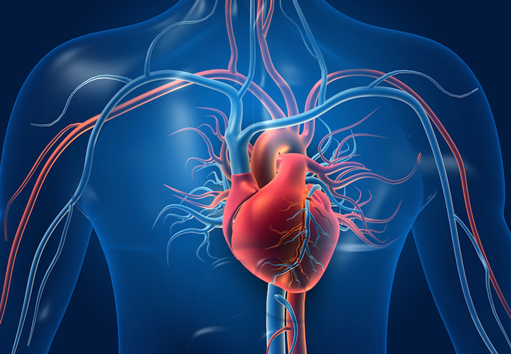
Researchers at Michigan State University found that oxytocin, often called the love hormone, could help mend a (physically) wounded heart.
Heart tissue doesn’t readily repair after damage such as a heart attack. The findings — so far only in lab settings and animal models — could lead to new treatments for heart disease, the leading cause of death in the U.S.
There’s some evidence that when the heart is damaged, epicardial cells from the outside of the heart migrate inward through the heart muscle and may serve to produce tissue regeneration. But typically it’s not meaningful. So researchers exposed epicardial cells to 15 hormones and found that oxytocin jump-started this rebuilding process. Then they looked for the pattern in zebra fish, which are known to regenerate heart tissue rapidly. They found that within three days of a cardiac injury, the fish ramped up oxytocin production, which bonded to sites at the heart and stimulated epicardial cells to transform. “Next, we need to look at oxytocin in humans after cardiac injury,” said Aitor Aguirre, senior author of a paper in Frontiers in Cell and Developmental Biology.
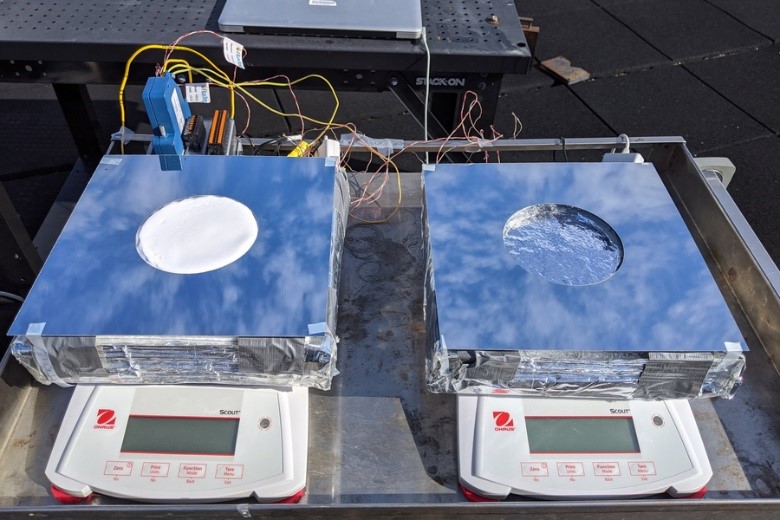
MIT scientists created a compact cooling system that doesn’t require electricity.
Scientists and engineers are exploring ways to combat heat without exacerbating the climate crisis. The technology could be fashioned into large panels covering food storage containers or on top of condenser units to improve the efficiency of air conditioners, said Zhengmao Lu, first author of a study in Cell Reports Physical Science.
Researchers placed water in a small device that incorporates three well-understood principles: evaporation, insulation, and radiative cooling (the natural tendency of materials to radiate out the energy they’ve absorbed from the sun). The mirror-like bottom layer reflects thermal energy away from the device, keeping whatever is below it cooler. Above that, a water-filled gel cools through evaporation. On top, there is a layer of air-filled gel, which is highly insulating against heat but lets the radiation and water vapor from below escape through it. All it requires is a refill of water every week or month to cool the area below it by some 19 degrees F.

MIT scientists made a cheaper, safer alternative to lithium-ion batteries.
“The ingredients are cheap, and the thing is safe — it cannot burn,” which is a concern with lithium-ion, said MIT chemist Donald Sadoway, lead author of a paper in Nature.
Sadoway set out to use materials that are easy to afford and easy to find. He and his collaborators chose the world’s most abundant metal, aluminum, for one of the battery’s electrodes. They paired that with another electrode made of sulfur, the cheapest non-metal. Then they formulated a molten-salt electrolyte that would not have the flammability of organic liquids. The battery could store solar power for homes, businesses, or electric vehicle chargers. Sadoway has launched a company to test the batteries at scale.
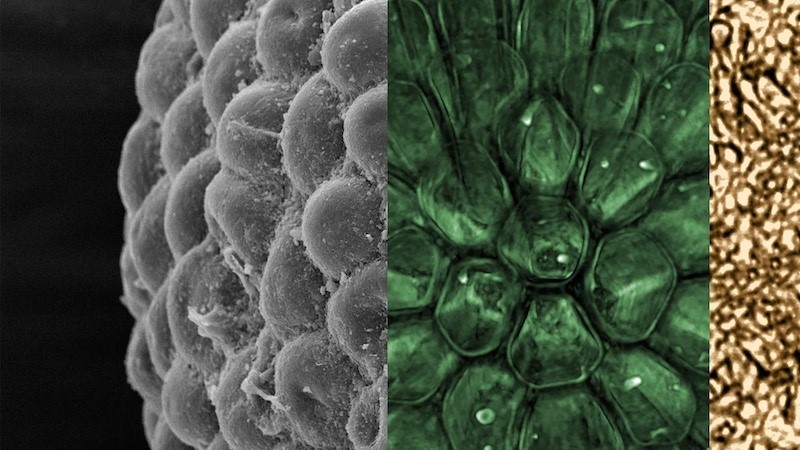
Researchers from China discovered an algae fossil that could rewrite the timeline on the evolution of plants.
Preserved in remarkable 3D, the fossil looks almost exactly like modern green algae, but dates back more than 541 million years. The discovery suggests that algae were more evolved in this period than scientists knew and may also push back the origin of land plants by 100 million years, said Cédric Aria of the University of Toronto, co-author of a study in BMC Biology.
When the other authors, from Northwest University in Xi’an, couldn’t place the fossil among the records of other prehistoric specimens, they asked Aria for help. He and his team realized it was nearly identical to a modern algae species called Codium, only about half the size.
A First-of-its-Kind All-Digital PET/CT System
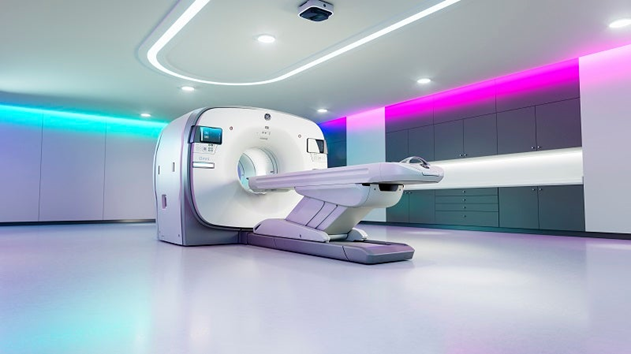
Omni Legend is an innovative, breakthrough technology built from the ground up to harness the power of an advanced digital detector capable of producing high-resolution images and exceptional image quality with enhanced clinical efficiency.
GE Healthcare stated that Omni Legend has been developed to help healthcare systems overcome problems with a collection of intuitive workflow solutions improved by artificial intelligence (AI), including its new Precision DLi solution for deep learning image processing in PET/CT and AI-based Auto Positioning Camera.
GE Healthcare Molecular Imaging & Computed Tomography president and CEO Jean-Luc Procaccini said: “We built our scalable Omni platform from the ground up to meet the needs of our customers and their patients today and in the future.
According to GE Healthcare, the operational efficiency solutions of Omni Legend help in improving the PET/CT imaging experience for the technologist and the patient. The company claimed that the system has a fast data quality assurance process which helps in saving time with streamlined calibration. It also has a gantry touchscreen for simplified protocol selection, and a new user interface for an easy PET/CT process from start to finish.
